Before 2000, deaf people in Viet Nam only received an education from kindergarten up to 5 grade. Schools for deaf people believed in the medical model so audition and speaking were the most important aspects. Speech therapy and attempts to “fix” hearing are the focus in most of the deaf schools in Viet Nam. This philosophy held deaf people back in developing their cognition and knowledge. Compared with many countries around the world, the level of deaf people in Viet Nam before 2000 was very low.
Awareness of this issue, the project “Opening University Education to Deaf People in Viet Nam Through Sign Language Analysis, Teaching, and Interpretation” was established in Dong Nai university by Dr. James Woodward and Ms. Hoa Nguyen. The purposes of this project are: Providing the higher education for deaf people in Vietnam and serving as a model program that demonstrates that most countries in the region could establish indigenous tertiary educational programs for deaf people even if the country has few financial and human resources, no previous sign language analysis, and only the most basic level of Deaf Education.
Believing in the culture model of deafness, this project uses Ho Chi Minh City Sign Language and Vietnamese (in written form) as the main languages in instruction. Since it was established until now, the project has brought the opportunity to about 200 deaf people studying in the following programs: junior high school, senior high school, Sign Language Analysis, Sign Language Teaching, and a college program in Elementary Education. Deaf students in this project study all the subjects in the same curriculum as hearing students so when they finish junior high school ( 9 grade) or senior high school (12 grade) they take the same national exams as hearing students do in order to graduate and have enough condition to continue the next level.
After 14 years of implementation, the project has some remarkable achievements such as:
1) One Deaf student ranked 5th out of 1,333 hearing and deaf students taking the national exam
in Dong Nai Province in 2003 and one Deaf student ranked 1st out of 999 hearing and deaf students taking the national exam in Dong Nai Province in 2005.
2) One Deaf student was in the top 10 students who had the high score in university exam of Art university in Ho Chi Minh City in 2010.
3) One Deaf student won the World Deaf Leadership scholarship of Gallaudet university for study for the M.A degree in Sign Language Teaching in 2012. She is the first Deaf student in Viet Nam to receive this scholarship and also the first Deaf person to reach this level of study in Viet Nam.
4) There are two more deaf students came to Gallaudet university in 2014 to study in B.A. degree and M.A degree in Deaf Education.
In addition, when comparing the results of Deaf students of the project with the hearing students in Dong Nai province who take the same national exam every year ( from 2006-2012) the percentage of deaf students who passed these exams has always been higher than hearing students in the same province, except for the result in 2010 (see figure 1 below). At present the project has 66 Deaf people who graduated 9th grade, 54 Deaf people who graduated 12 grade. Eleven Deaf students received a University Certificate in Elementary Education, 17 Deaf people have graduated college with a B.A. in Elementary Education, 60 Deaf students (and 6 hearing students) have received the Certificate in Sign Language Analysis, and 12 Deaf students have received the Certificate in Sign Language Teaching. In addition, when compare the result of deaf students of the project with the hearing students in Dong Nai province who take the same national exam every year ( from 2006-2012) the percentage of deaf students who passed these exams almost higher than hearing students, except for the result in 2010 (see figure 1 below).
In general, at this present the project has 66 deaf people graduated 9 grade, 54 deaf people graduated 12 grade, 11 deaf students received a certificate in Elementary Education, 17 deaf people graduate college with B.A. in Element Education, 60 Deaf students received the Certificate in Sign Language Analysis, and 12 Deaf students received certificate in Sign Language Teaching. The dramatic impact of the project is graduating the first class of Deaf students from Junior High School, graduating the first and only classes of Deaf students from Senior High School, and this is the only place in Viet Nam that providing the college program for Deaf students.

Figure 1: Results for National Examinations for Deaf Students in Project and Hearing Students in the same province.
 |
 |
| First group of deaf students received B.A in Element Education. | Deaf student received WDL Scholarship from Gallaudet University and the representative from the U.S Consulate in HCMC. |
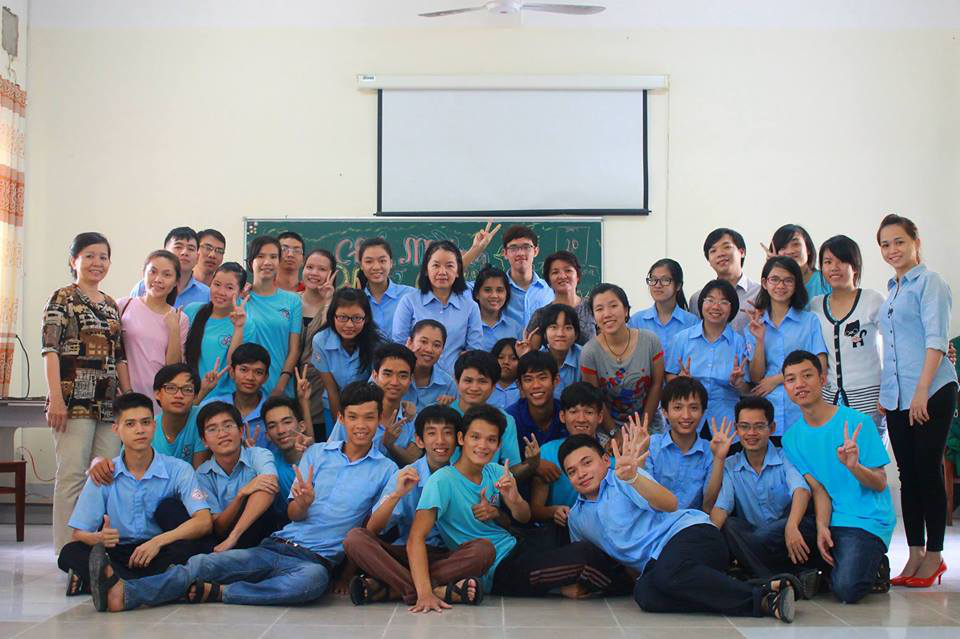 |
 |
| Deaf students in Dong Nai Program with some teachers. | Ms. Hoa’s class. |
The project is succeeding in Viet Nam at an average rate of less than $40,000 per year. We believe that some primary reasons for the high success rate are the Dong Nai Deaf Education Project is strongly a Deaf-Centered project, the directors of the project have a right vision and make the right decision about direction for the project, and the contribution of the teachers who devote for teaching deaf students.
The lessons we learned from this project are: design the project that is not dependence on expensive high-tech equipment, which tends to break down frequently in countries like Viet Nam and is very expensive to repair. If dependence is placed primarily on personnel and not on technology, such programs can also be established in many countries at a low-cost and still be highly successful. Similar programs can succeed in other countries with proper design and with the establishment of the program within a cultural and linguistic framework that is acceptable to the larger hearing culture(s) in the country.






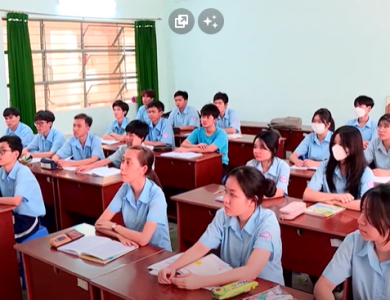

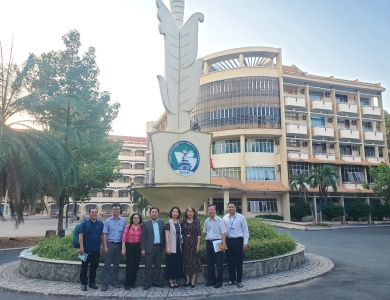
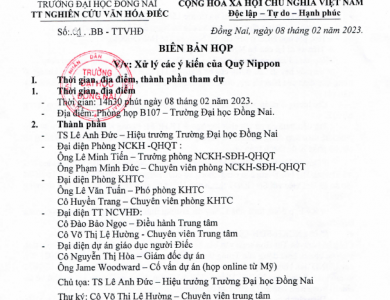
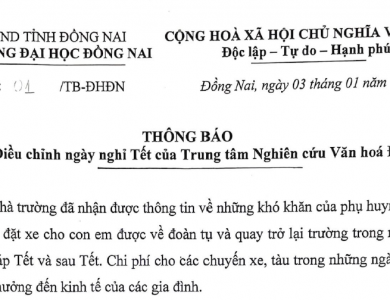

 Xem bản đồ
Xem bản đồ
